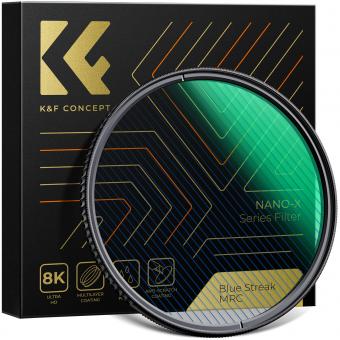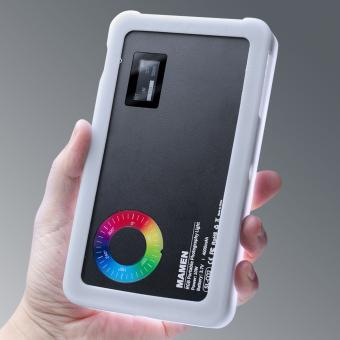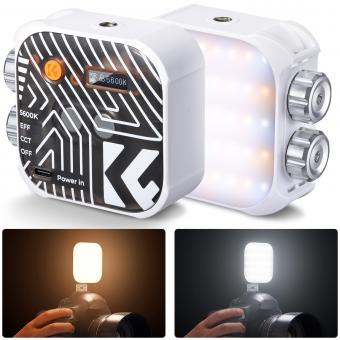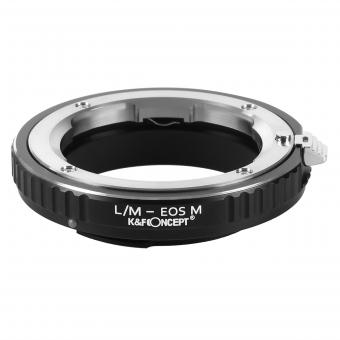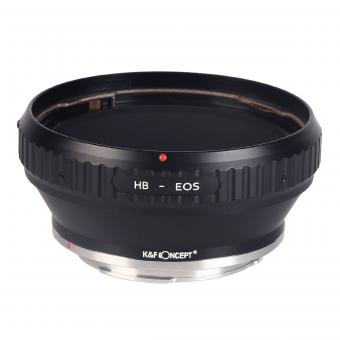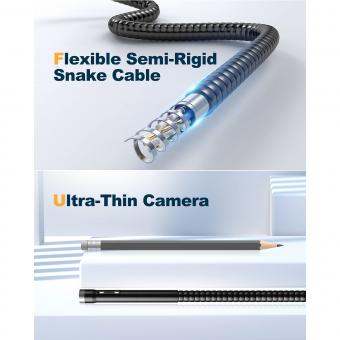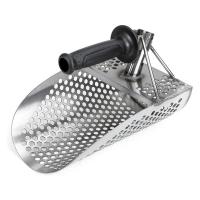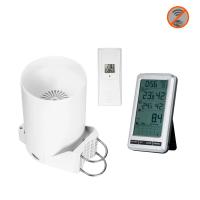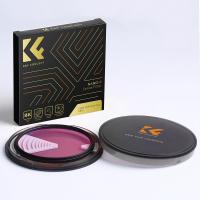What Is Endoscopic Thoracic Sympathectomy ?
Endoscopic thoracic sympathectomy (ETS) is a surgical procedure that involves cutting or clamping the sympathetic nerves in the chest to treat excessive sweating (hyperhidrosis), facial blushing, and Raynaud's disease. The procedure is performed under general anesthesia and involves making small incisions in the chest to insert a tiny camera and surgical instruments. The surgeon then locates the sympathetic nerves and either cuts or clamps them to interrupt the nerve signals that cause excessive sweating or blushing. ETS is considered a minimally invasive procedure and is associated with a low risk of complications. However, it can lead to side effects such as compensatory sweating, which is excessive sweating in other parts of the body, and Horner's syndrome, which is a rare condition that affects the nerves in the face and eyes. ETS is typically reserved for patients who have not responded to other treatments for hyperhidrosis or facial blushing.
1、 Definition and history of endoscopic thoracic sympathectomy
What is endoscopic thoracic sympathectomy?
Endoscopic thoracic sympathectomy (ETS) is a minimally invasive surgical procedure that involves cutting or clamping the sympathetic nerves in the chest to treat excessive sweating, facial blushing, and other conditions related to overactive sympathetic nervous system activity. The procedure is performed under general anesthesia using a small camera and instruments inserted through tiny incisions in the chest.
Definition and history of endoscopic thoracic sympathectomy:
Endoscopic thoracic sympathectomy was first introduced in the 1950s as an open surgical procedure, but it was associated with high rates of complications and side effects. The development of minimally invasive techniques in the 1990s led to the widespread adoption of ETS as a safer and more effective alternative.
Today, ETS is considered a standard treatment option for hyperhidrosis (excessive sweating) and facial blushing that do not respond to other treatments. The procedure has a high success rate and low complication rate, with most patients experiencing significant improvement in their symptoms.
However, there is some controversy surrounding the use of ETS for these conditions, as some experts argue that the risks and potential side effects of the procedure may outweigh the benefits. In particular, there is concern that ETS may cause compensatory sweating in other parts of the body, which can be difficult to treat and may be more severe than the original symptoms.
Despite these concerns, ETS remains a popular and effective treatment option for many patients with hyperhidrosis and facial blushing. Ongoing research is focused on improving the safety and efficacy of the procedure, as well as identifying the best candidates for treatment.

2、 Indications for endoscopic thoracic sympathectomy
Endoscopic thoracic sympathectomy (ETS) is a minimally invasive surgical procedure that involves cutting or clamping the sympathetic nerves in the chest to treat excessive sweating (hyperhidrosis), facial blushing, and Raynaud's disease. The procedure is performed under general anesthesia, and a small incision is made in the chest to insert a tiny camera and surgical instruments. The surgeon then locates the sympathetic nerves and either cuts them or clamps them to interrupt their function.
Indications for ETS include severe cases of hyperhidrosis that do not respond to other treatments, such as antiperspirants, medications, or iontophoresis. Hyperhidrosis can affect the hands, feet, armpits, and face, and can significantly impact a person's quality of life, causing embarrassment, social isolation, and difficulty with daily activities. ETS can provide long-lasting relief from excessive sweating, with success rates ranging from 80% to 95%.
Facial blushing, or erythrophobia, is another condition that can be treated with ETS. Blushing can be triggered by social anxiety, embarrassment, or stress, and can cause significant distress and avoidance behaviors. ETS can interrupt the sympathetic nerves that control facial blood flow, reducing or eliminating blushing episodes.
Raynaud's disease is a condition that causes the fingers and toes to turn white or blue in response to cold or stress. ETS can improve blood flow to the affected areas by interrupting the sympathetic nerves that constrict blood vessels.
Recent studies have suggested that ETS may also have potential benefits for other conditions, such as chronic pain, migraines, and anxiety disorders. However, more research is needed to confirm these findings and determine the safety and efficacy of ETS for these indications.
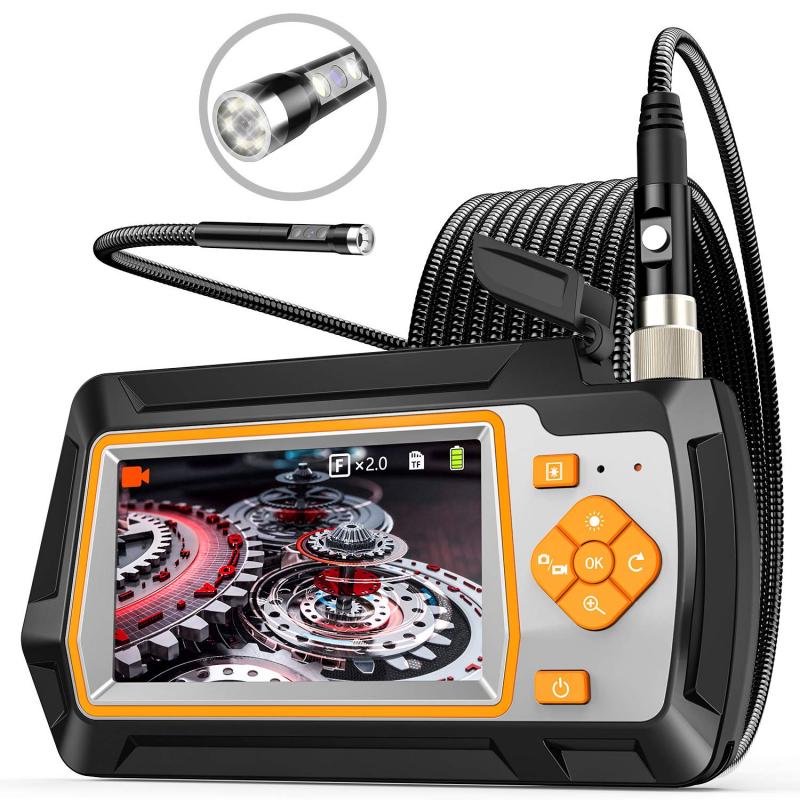
3、 Surgical technique for endoscopic thoracic sympathectomy
Endoscopic thoracic sympathectomy (ETS) is a surgical technique used to treat excessive sweating, also known as hyperhidrosis, in the palms, face, and armpits. The procedure involves making small incisions in the chest and inserting a tiny camera and surgical instruments to cut or remove a portion of the sympathetic nerves that control sweating. This results in a reduction or elimination of excessive sweating in the treated areas.
ETS has been shown to be a highly effective treatment for hyperhidrosis, with success rates ranging from 80-90%. The procedure is minimally invasive and can be performed on an outpatient basis, with most patients able to return to normal activities within a few days.
However, ETS is not without risks and potential complications. Some patients may experience compensatory sweating in other areas of the body, such as the back or legs, which can be just as bothersome as the original hyperhidrosis. There is also a risk of nerve damage, bleeding, infection, and other surgical complications.
In recent years, there has been some controversy surrounding the use of ETS for hyperhidrosis. Some experts argue that the risks and potential complications of the procedure outweigh the benefits, and that alternative treatments, such as topical or oral medications, should be considered first. Others maintain that ETS is a safe and effective treatment option for patients with severe hyperhidrosis who have not responded to other treatments.
Ultimately, the decision to undergo ETS should be made on a case-by-case basis, taking into account the severity of the hyperhidrosis, the patient's overall health, and their individual preferences and goals.
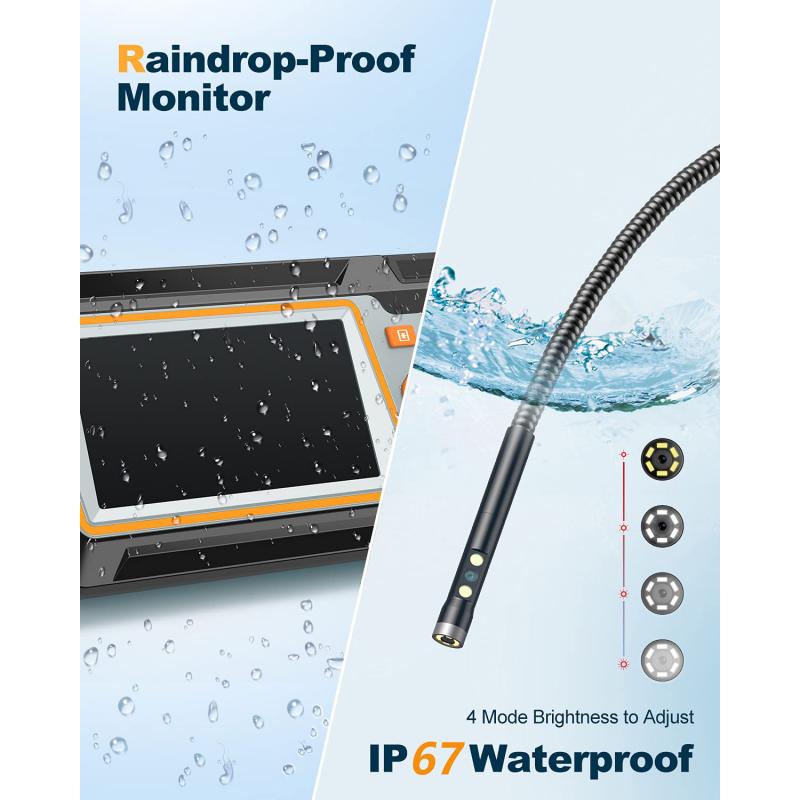
4、 Complications and risks of endoscopic thoracic sympathectomy
What is endoscopic thoracic sympathectomy?
Endoscopic thoracic sympathectomy (ETS) is a minimally invasive surgical procedure that involves cutting or clamping the sympathetic nerves in the chest to treat excessive sweating, facial flushing, and other conditions. The procedure is performed under general anesthesia, and a small incision is made in the chest to insert a tiny camera and surgical instruments. The surgeon then locates the sympathetic nerves and either cuts them or clamps them to interrupt their function.
Complications and risks of endoscopic thoracic sympathectomy:
Like any surgical procedure, ETS carries some risks and potential complications. Some of the most common complications include:
1. Horner's syndrome: This is a rare complication that can occur when the sympathetic nerves that control the eye are damaged during the procedure. It can cause drooping of the eyelid, a constricted pupil, and decreased sweating on one side of the face.
2. Pneumothorax: This is a condition where air leaks into the space between the lung and the chest wall, causing the lung to collapse. It can occur when the surgeon accidentally punctures the lung during the procedure.
3. Compensatory sweating: This is a common side effect of ETS, where the body compensates for the loss of sweating in the treated area by producing more sweat in other areas of the body.
4. Infection: There is a risk of infection at the site of the incision or in the chest cavity.
5. Nerve damage: There is a risk of damage to the nerves in the chest, which can cause pain, numbness, or weakness in the arms or hands.
Recent studies have also suggested that ETS may have long-term effects on lung function, with some patients experiencing a decrease in lung capacity and an increased risk of respiratory infections. As a result, some experts are now recommending that ETS be used only as a last resort for patients who have not responded to other treatments.




